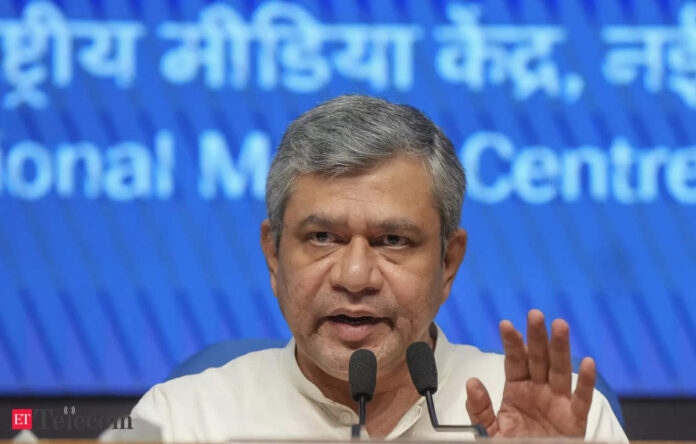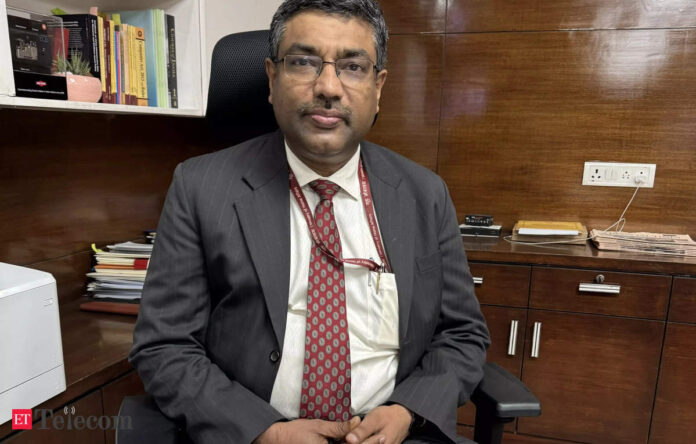In Short:
The Department of Telecommunications (DoT) has teamed up with telecom service providers to block international spoofed calls in India. This system works in two phases—first at individual service providers and then centrally to stop calls from different providers. So far, one-third of spoofed calls, totaling about 4.5 million, have been prevented. Despite efforts, fraudsters continuously find new ways to deceive people. To combat this, the DoT urges citizens to report suspicious calls through the Sanchar Saathi portal. Various initiatives, like the Digital Intelligence Unit and AI tools, have led to disconnecting millions of fraudulent connections and blocking over 229,000 mobile phones involved in crimes.
New Measures to Tackle Spoofed Calls in India
In an impressive stride towards enhancing security, the Department of Telecommunications (DoT) has partnered with various telecom service providers (TSPs) to roll out a cutting-edge system aimed at detecting and blocking suspicious international spoofed calls. This initiative aims to safeguard Indian telecom subscribers from fraud before these calls even ring through.
How It Works
This initiative is being executed in two phases. The first phase will operate at the TSP level, targeting calls that imitate their own subscriber numbers. The second phase will take a broader approach, employing a centralized system to stop spoofed calls posing as numbers from other TSPs. Excitingly, all four major TSPs have already set this system in motion, successfully intercepting about one-third of the total spoofed calls—around 4.5 million calls—from entering the Indian telecom network.
Adaptation of Fraudsters
Despite the progress made, fraudsters are not resting easy. They keep evolving and developing new tactics to deceive users. The DoT remains vigilant, implementing timely measures to shield telecom users from these complex threats. In a world where technology is continuously advancing, the DoT is doubling down on efforts to secure the telecom ecosystem. However, they acknowledge that these robust measures may not always prevent fraudsters from succeeding through other means.
Call for Public Vigilance
To further bolster these efforts, the DoT encourages citizens to be proactive. If you encounter any suspicious calls or messages, you are urged to report them to help the DoT identify and prevent misuse of telecom resources related to cyber-crime and financial fraud. This not only protects citizens from impersonation and exploitation but also allows for prompt action against potential threats.
You can report fraudulent communications through the Chakshu facility available on the Sanchar Saathi platform. When reporting, please include details such as screenshots, the medium through which you received the communication, the type of intended fraud, and the date and time you received it. An OTP-based verification will be implemented for these reports.
Government Initiatives Against Telecom Misuse
The Government has launched several ambitious initiatives aimed at preventing the misuse of telecom resources:
- The Department of Telecommunications (DoT) has initiated the Digital Intelligence Unit (DIU) project, intended to develop solutions for curbing telecom-related cybercrimes.
- Sanchar Saathi portal: The DoT has created a user-friendly portal at www.sancharsaathi.gov.in, designed for citizens to report any misuse of telecom resources.
- Digital Intelligence Platform: This secure online platform facilitates the exchange of information related to telecom resource misuse among stakeholders, thereby enhancing efforts to prevent cyber-crime.
Recent Outcomes
Here are some key outcomes resulting from the DoT’s actions:
- A total of 17.7 million mobile connections linked to fake or forged documents have been disconnected.
- Targeted disconnections have occurred for 3.348 million mobile connections, along with the blocking of 49,930 mobile handsets used by cyber criminals in hotspots across the country.
- Another 7.761 million mobile connections that exceeded individual limits have also been disconnected.
- Moreover, 0.229 million mobile phones implicated in cyber-crime or related frauds have been blocked nationwide.





